As soon as they are born, babies begin experiencing the world around them through their senses. Even before birth babies can sense movement and sound in the womb. Engaging your baby in sensory play allows them to have rich sensory experiences and learn to navigate their environment.
What Is A Sensory Toy For Babies?
Sensory toys are those that engage the senses of touch, taste, smell, vision and hearing as well as head position (vestibular awareness) and body maps (proprioception). Think of toys with texture, scent, movement and contrasting colors. It’s ideal for baby toys to engage at least one of their senses, if not more. For example, a rattle with colored beads inside can engage both the visual and auditory senses. Moving the rattle from side to side so that the baby will rotate their head while following its movement will engage their vestibular sense.
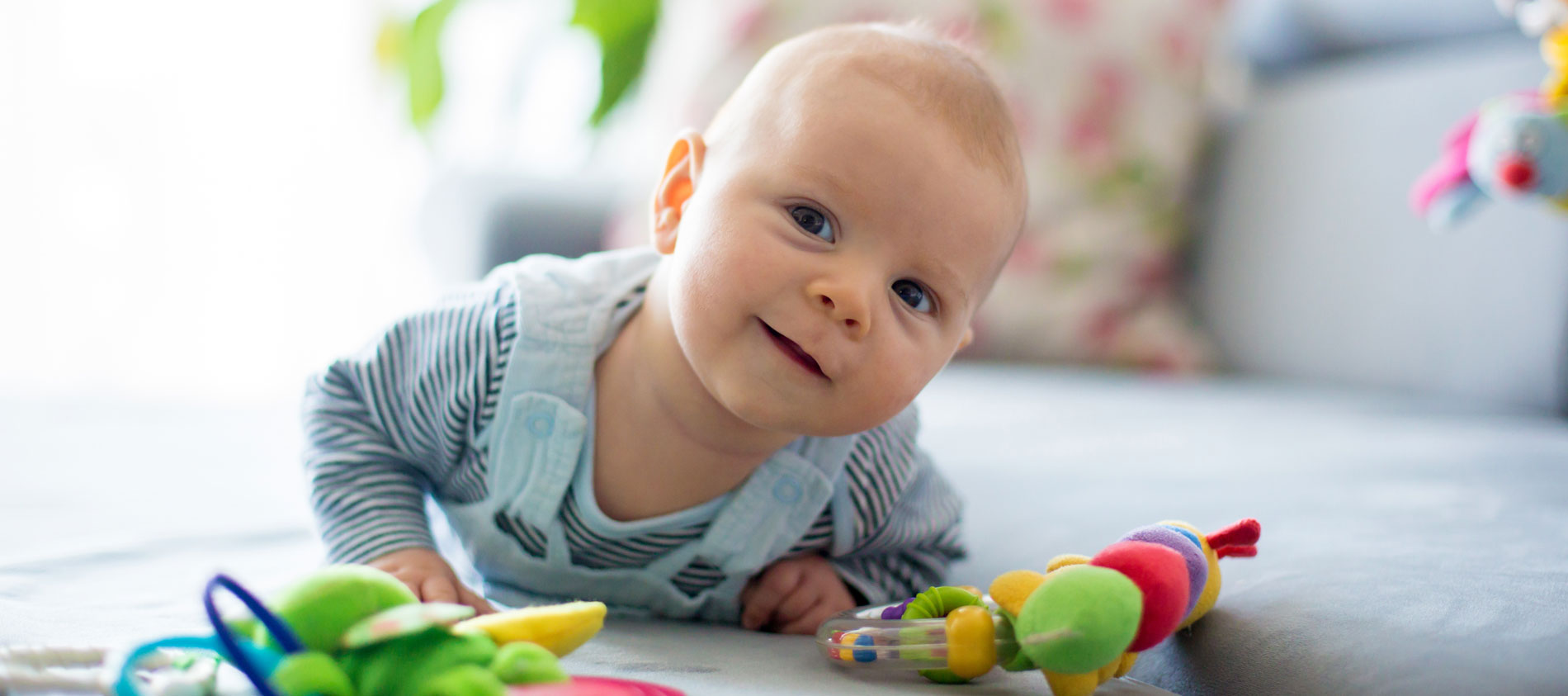
Why Are Sensory Toys Good For Babies?
Babies are born explorers. They are curious about the world around them and need sensory stimulation to learn about all the different sensations they will encounter. Sensory toys encourage brain development, fine and gross motor skills and encourage babies to act on their curiosity. This type of sensory exposure helps form positive associations with their environment, decreasing the chance of overwhelm from new sensations. Babies with sensory processing needs may benefit from slowly exposing them to different sensory experiences.
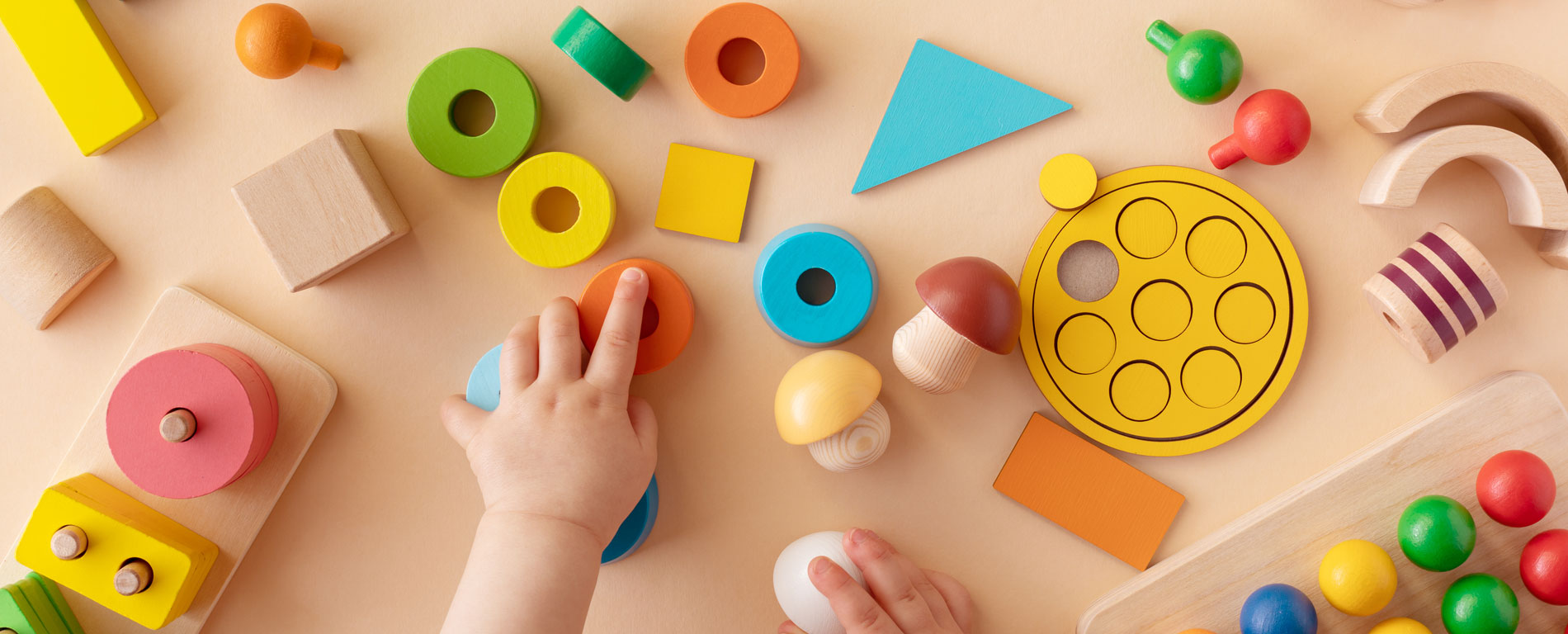
When Should I Start Sensory Play With My Baby
You can engage your baby in sensory stimulation from birth! When you swaddle a baby, you are engaging the proprioceptive sense - teaching them where they start and end while simultaneously soothing them with deep pressure. A warm bath with baby-safe scented soap on a washcloth and a gentle rub down with a towel afterwards will engage many senses such as smell, touch, and proprioception. Adding eye contact and soft singing or hearty splashing further engages the senses. Laying the baby on your knees and gently bouncing them and moving them up and down appeals to the vestibular sense as the baby recognizes the change in their head’s position as they move.
Which Baby Sensory Toys Are Best?
In order to get the most out of sensory play with your baby, it’s important to choose the right toys. Try to find ones that engage at least one of the senses, if not more. Here are some sensory toys that we recommend.
Teethers
Babies explore everything with their mouth. It is one of the first ways they learn about shape, texture and density. Offering a variety of washable teethers from different materials (including allowing them to chew on things made of cloth) will help them learn about their environment. Using a washcloth or baby toothbrush, like the NUK Brush, will help them with their oral-motor development.
Toys with Sound and Movement
As mentioned above, rattles are a way to engage sound and vision. The Bubble Pop Ball is fun for babies to roll and hear the gentle popping sound as they press on the bubbles. There are also musical toys and ones that light up. Just make sure that the input is gentle and you don’t overload your baby with sensations that are very fast, loud and bright.
Things to Grip
Help develop your baby's grasp through sensory play using toys designed for grabbing and gripping. Look for toys with chunky knobs, textured pulls, and engaging feedback through crinkling sounds, enticing colors and cause/effect movement. The Ribbon Push and Pull Cube is perfect to engage babies in pulling the ribbons back and forth through the cube, trying to make each side of the colorful ribbons longer or shorter. You can encourage a strong grip by gently pulling on the toy as if you are trying to take it away, encouraging them to hold on. Play a gentle game of tug of war with the Grab It Balls. You and your baby can each grasp the spikes of the ball and try to pull it away from the other person.
Toys with Textures
Exploring various textures is a great way to expose babies to their environment. The Weighted Sensory Stacking Toy combines proprioceptive input with a fun activity! Each ring is made of a different material so that babies explore textures. Play with the set of Weighted Textured Balls for rolling and catching. Naming each texture and describing how it feels adds language and differentiation skills to the activity.
Visual stimulation
Mirrors are great to help babies develop self-awareness and visual tracking skills. Before they understand reflections, position them in front of the mirror to let them reach for their “friend.” This often also increases babbling for pre-speech. Play mats with an overhead arc for suspending toys can also provide a wonderful source of visual stimulation. Switch out what you have hanging or gently shake the arc to make the toys dance in the air.
Body Maps and Balance
Developing coordination and an awareness of head and body positions are key for babies to start rolling, sitting and crawling. Wearing your baby in a carrier or using a baby swing provides vestibular stimulation to begin exploring their position and prepare to roll over. Swaddling helps develop body maps for greater body awareness. Playing games, like tossing and catching Hand Eye Coordination Scarves, where their hands and feet cross midline and touch each other will help your baby improve their coordination and confidence to move on to more movement.
Don’t forget to engage with your baby, too! Talk and sing to them, give hugs and involve them in your day. These interactions also provide a great deal of sensory stimulation that is crucial for baby’s development.













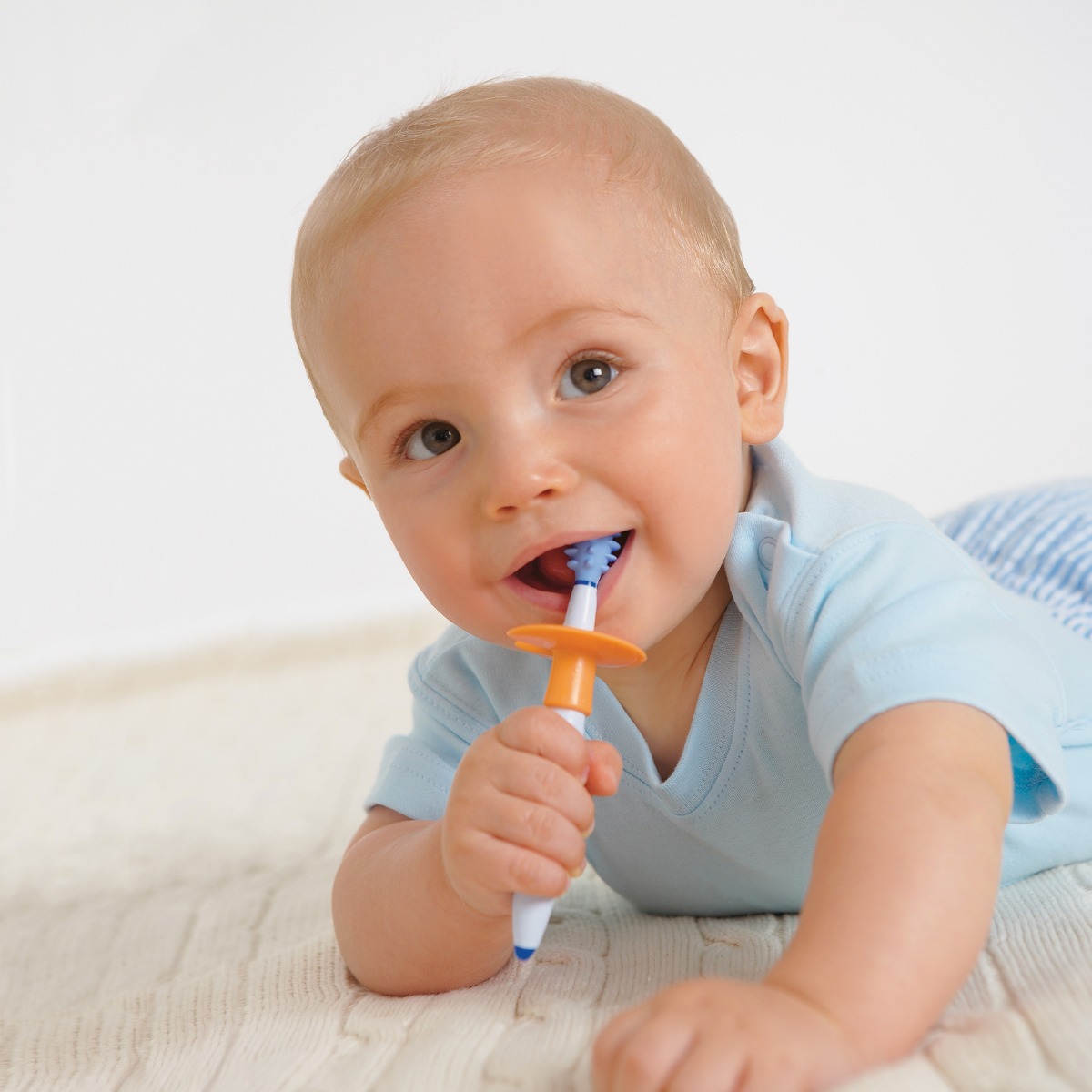
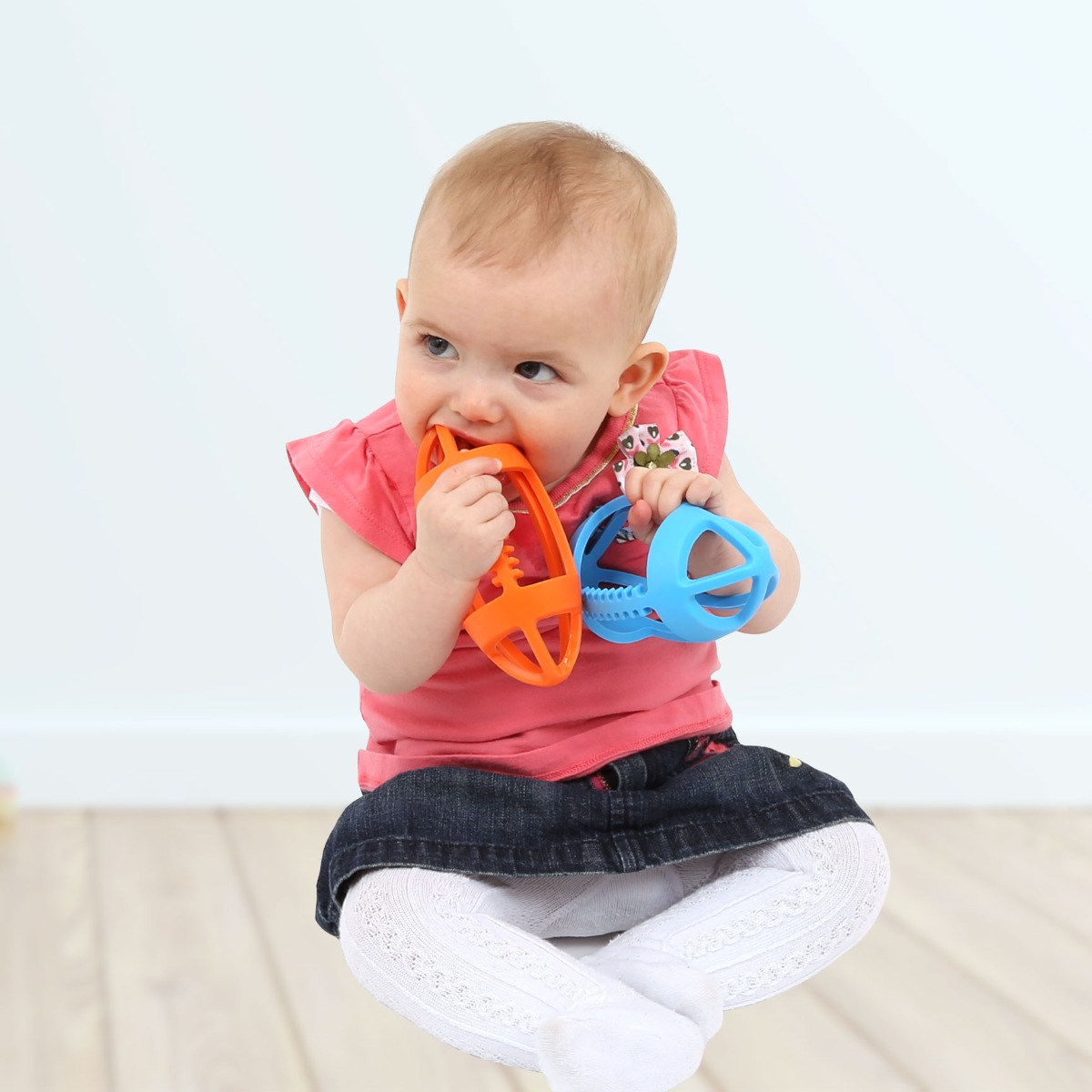
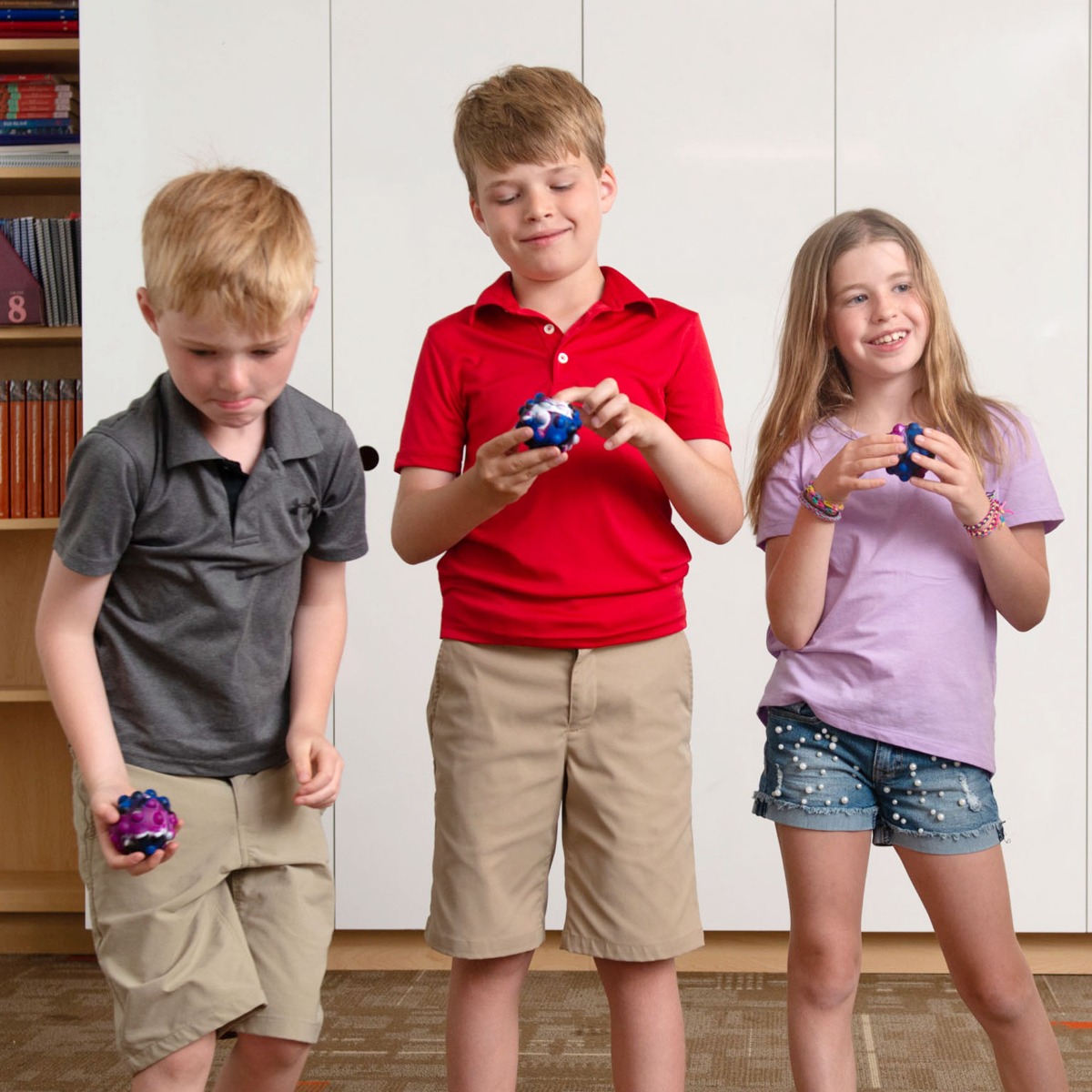

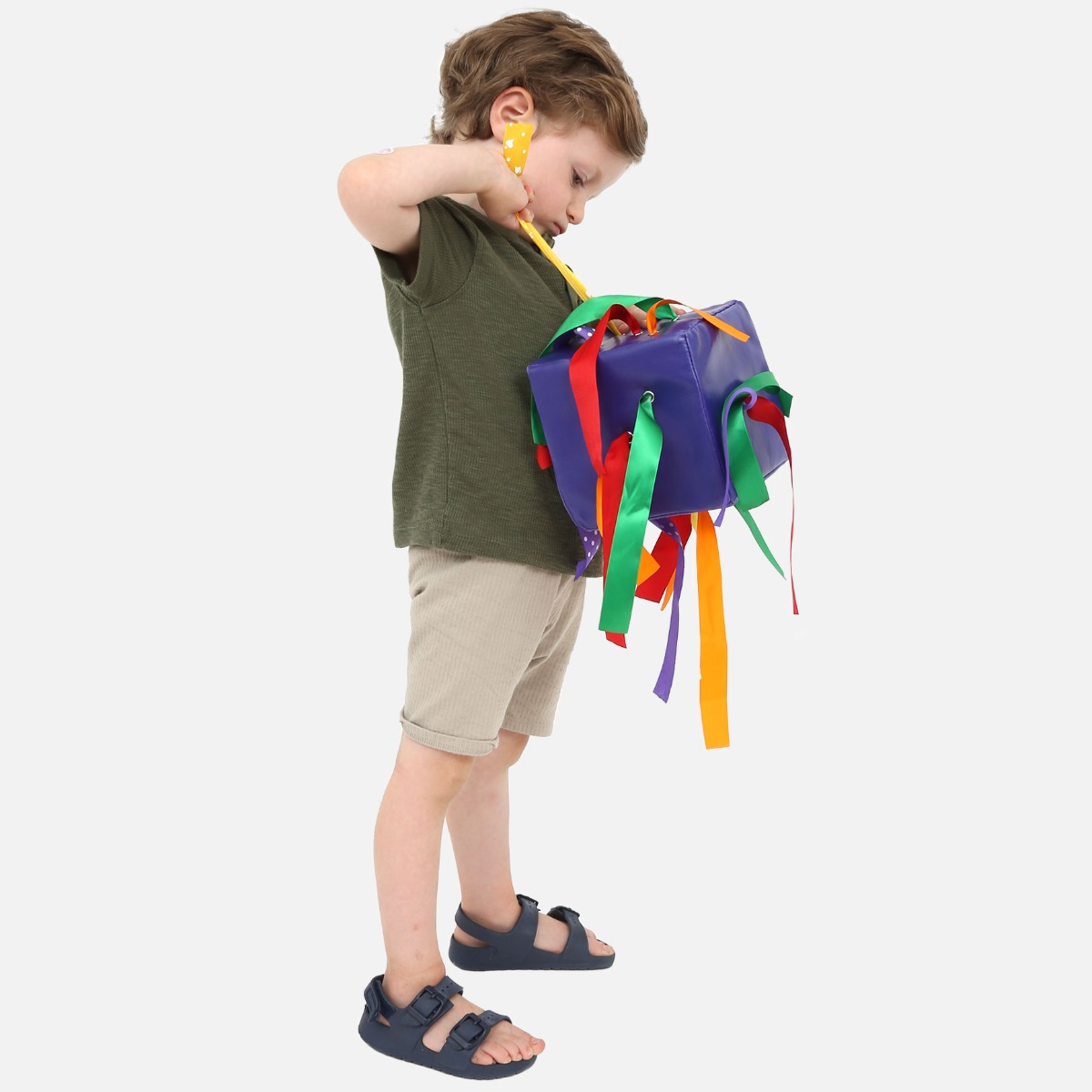

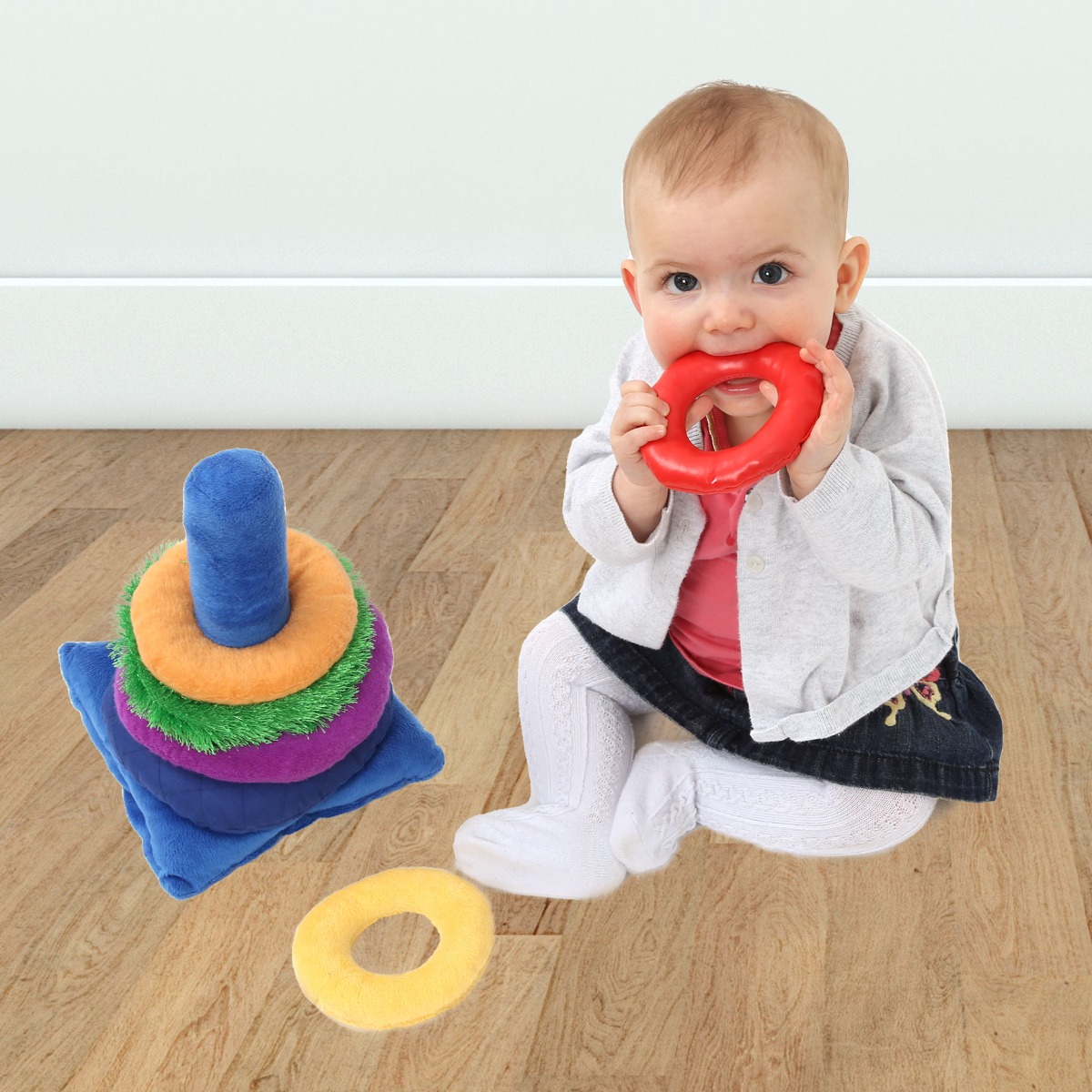
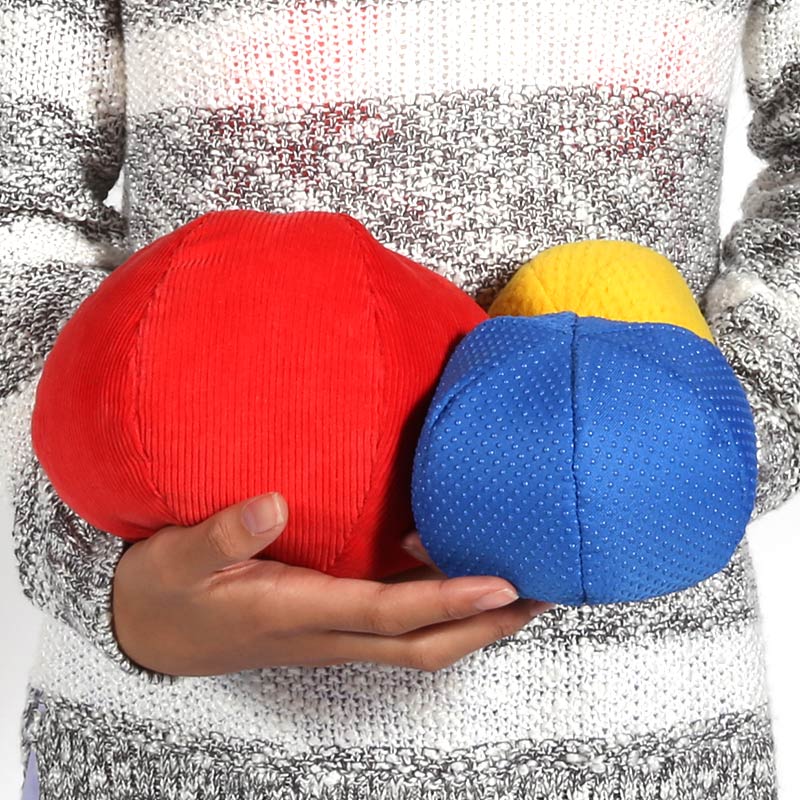

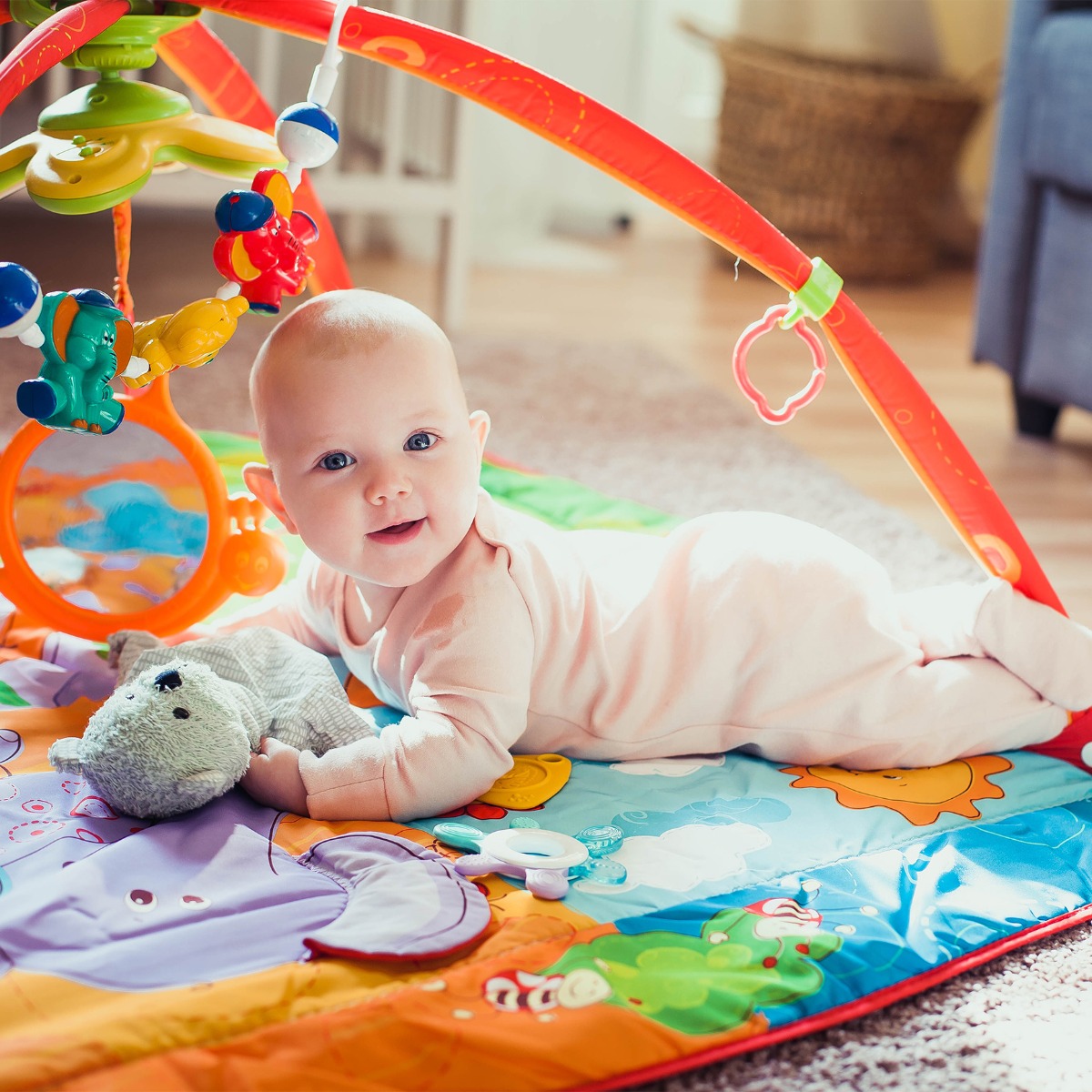





Comments